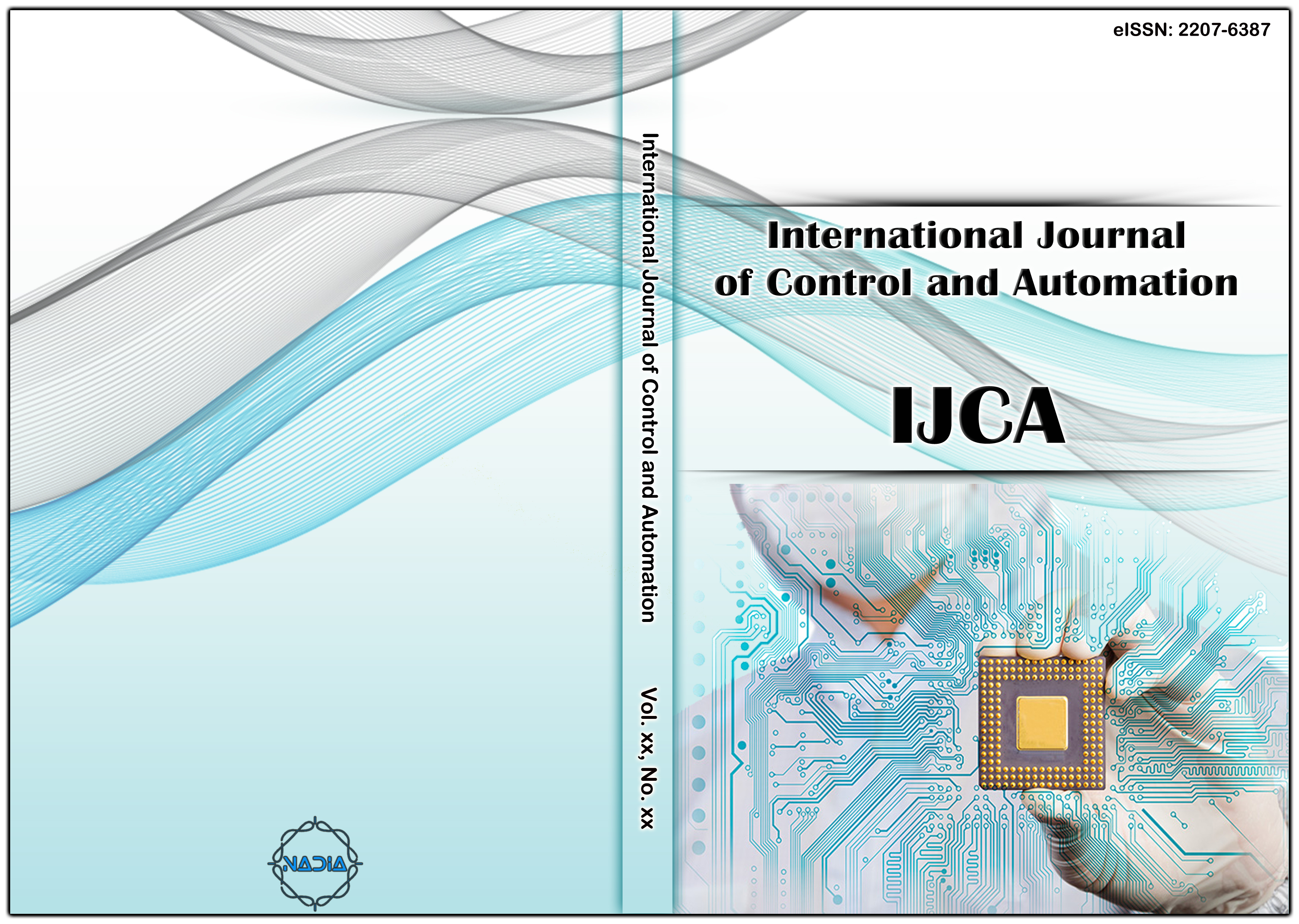[1] Syarifudin A. “The 2nd International Conference on Informatics, Environment, Energy and Applications (IEEA 2013)”, Bali, Indonesia, March 16-17, 2013, JOCET (Journal of Clean Energy and Technology) Journal ISSN: 1793-821X Vol. 2, No. 1, January 2014.
[2] A Syarifudin, “The influence of Musi River Sedimentation to The Aquatic Environment “. https://doi.org/10.1051/matecconf/201710104026 Volume 101, MATEC Web Conf. 101(2017) 04026. 2017 [published online 09 March 2017].
[3] A Syarifudin, “5th ICIBA International conference on information technology & Engineering Application”. 2015. Palembang.
[4] Cahyono Ikhsan. “Effect of Variation of water discharge on bed load rate on open channel with steady flow pattern”. Civil Engineering Media. 2017. January 2017.
[5] Chalov S., Ermakova G. “Fluvial response to climate change: a case study of northern Russian rivers // Cold Region Hydrology in a Changing Climate” .IAHS Publ. 346. 2011. P. 111-119.
[6] Van Rijn, LC., “Principles of Fluid Flow and Surface Waves in River, Estuaries, Seas and Ocean”. 1990. Aqua Publications The Nederlands.
[7] Jessica Pineda Z, “Maintenance of river ecosystems within urban areas”. Thesis, International Institute for Geoinformation Science and Earth Observaion Enschede, Urban Planning and Land Administration. 2005. Netherlands.
[8] Marfai, Muh. Aris, “GIS Modeling of River and Tidal Flood Hazards in a Waterfront City”. M. Sc Thesis, ITC Enschede. 2003. The Netherlands.
[9] Robert. J. Kodoatie, Sugiyanto. “Flood causes and methods of control in an environmental perspective”. 2002. Yogyakarta.
[10] Syarifudin A. “Applied Hydrology”. Andi Publishing Company. 2017. pp 45-48.
[11] Syarifudin A. “Environmentally Urban Drainage”. Andi Publishing Company) 2017. pp 38-42.
[12] Suripin. “Sustainable of Urban Drainage System”. Andi Publishing Company. 2004. pp 176-179.
[13] Shu AP, Tang C, Zhang X, et al. ‘Deposition morphology of non-homogeneous debris flow and its energy characteristics”. Journal of Mountain Science, 12(5). 2015. DOI:10.1007/s11629-014-3188-9.
[14] Triatmodjo, B., “Hydraulics I”. Beta Off-Set. 1993. Yogyakarta.
[15] Wanshun Zhang, Yanhong Xu, Yanru Wang, and Hong Peng 2014. “Modeling Sediment Transport and River Bed Evolution in River System, Journal of Clean Energy Technologies”. Vol. 2. No. 2. April 2014.
[16] Yang, C.T. “Sediment Transport: Theory and Practice”. McGraw-Hill. 1996. Singapore.
[17] Depeweg H. W. “Lecture notes on applied hydraulic gradually varied flow”, IHE. Delft. 1993. The Netherlands.
[18] Hayde, L. “Canal Designs, Lecture notes”, IHE. Delft. 2007. The Netherlands.
[19] “The Law on Water Resources”. Works Publishing. 2004. Jakarta.
